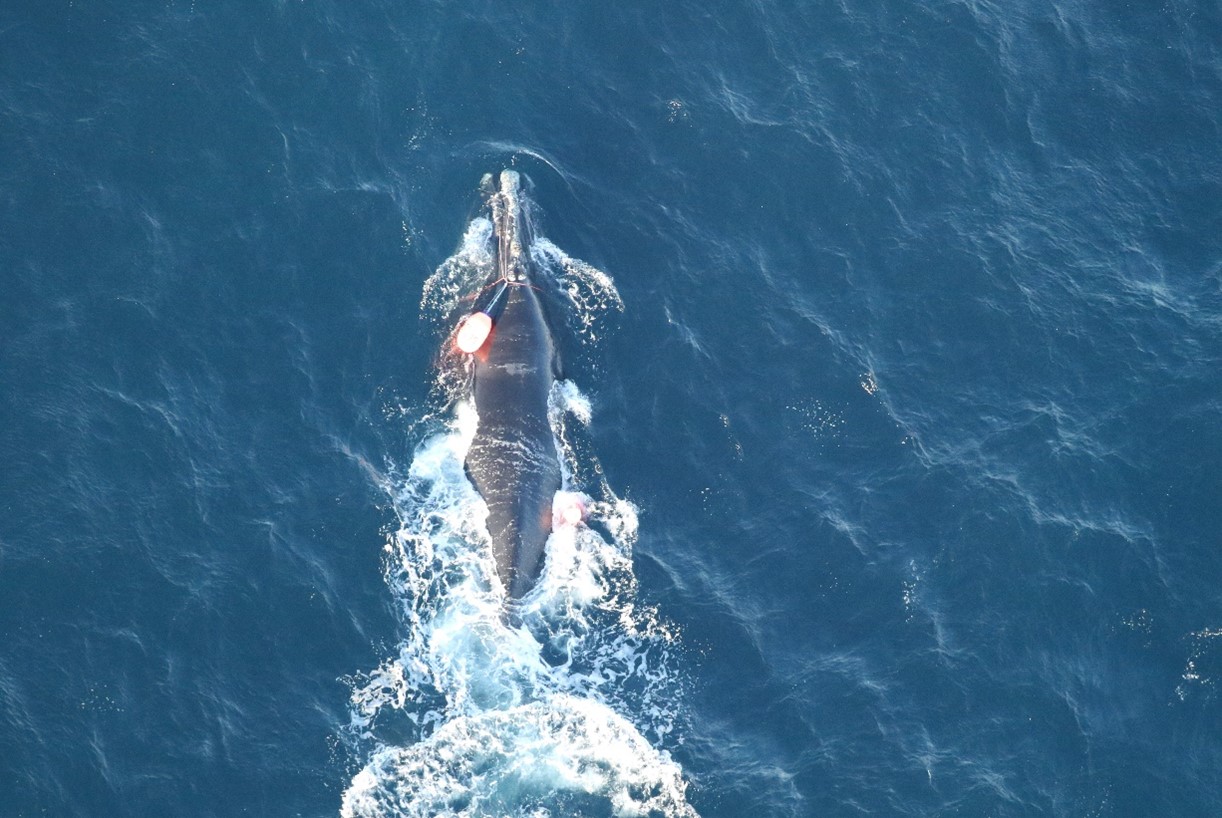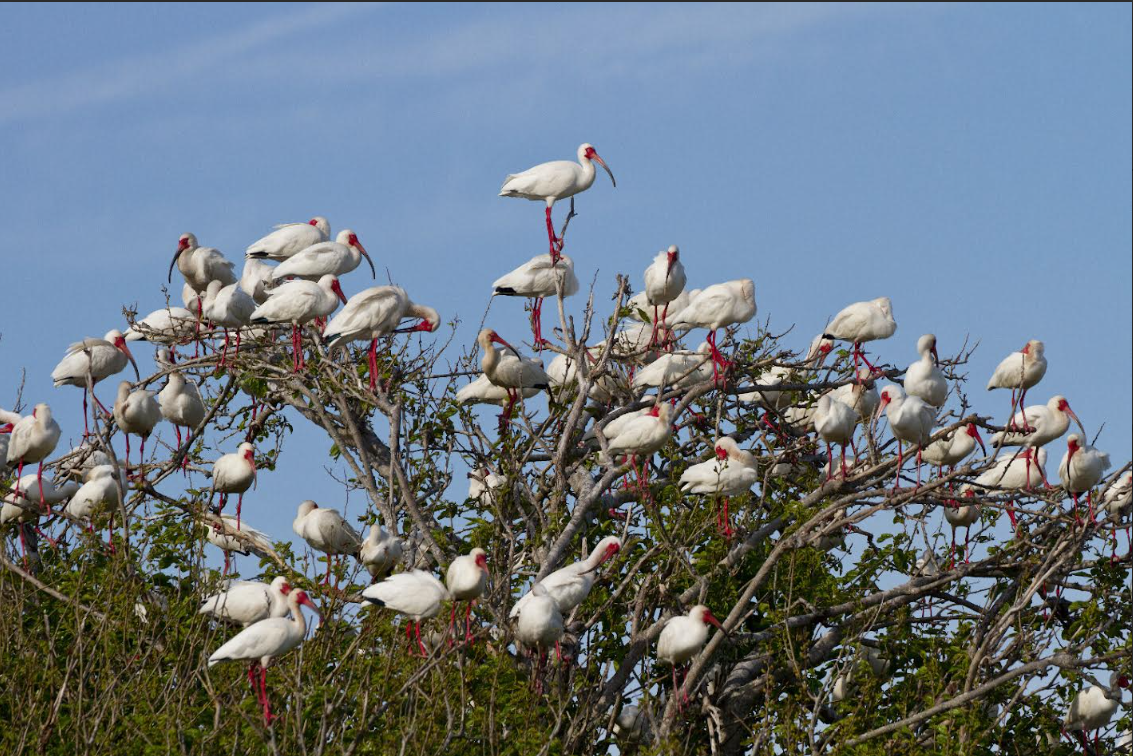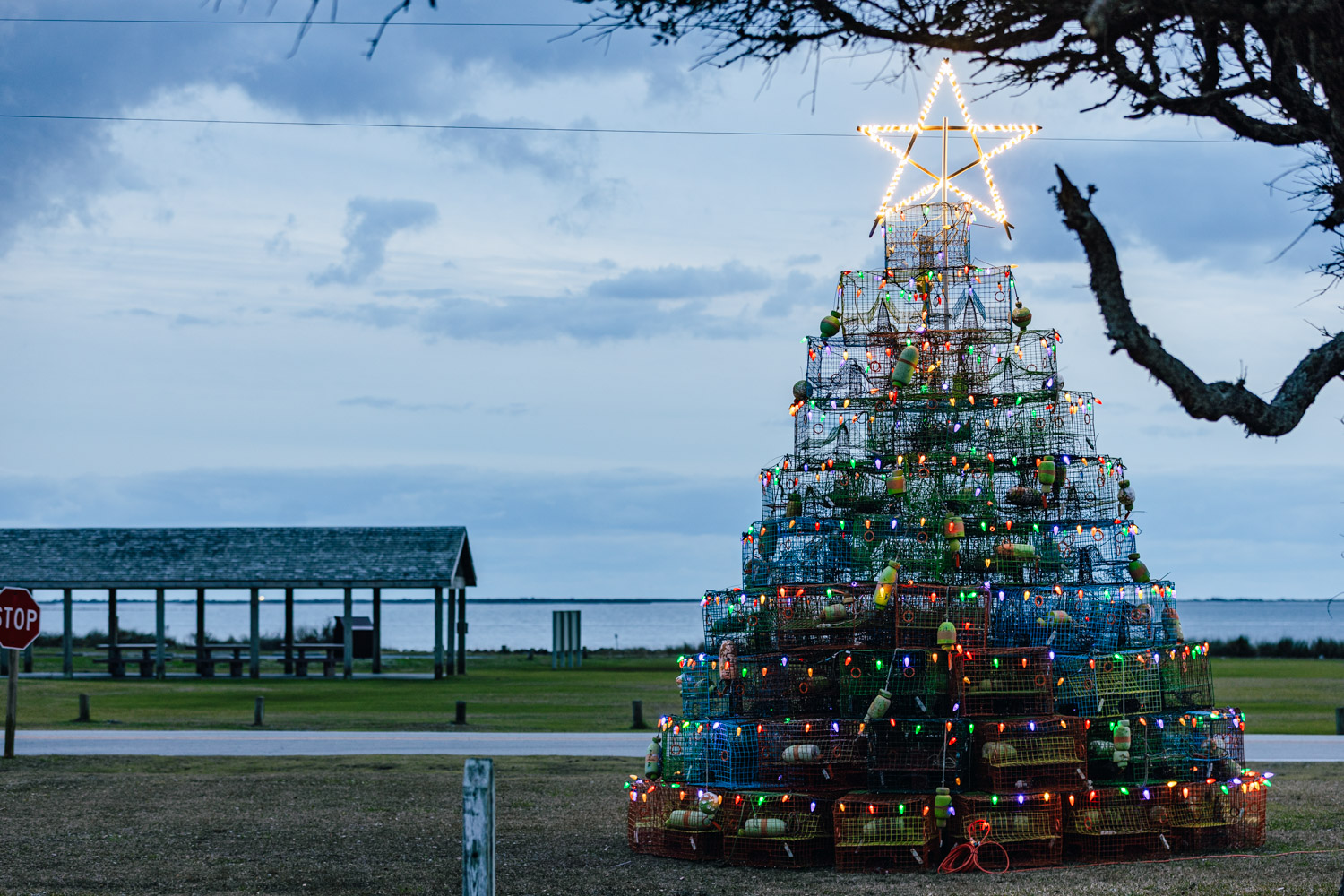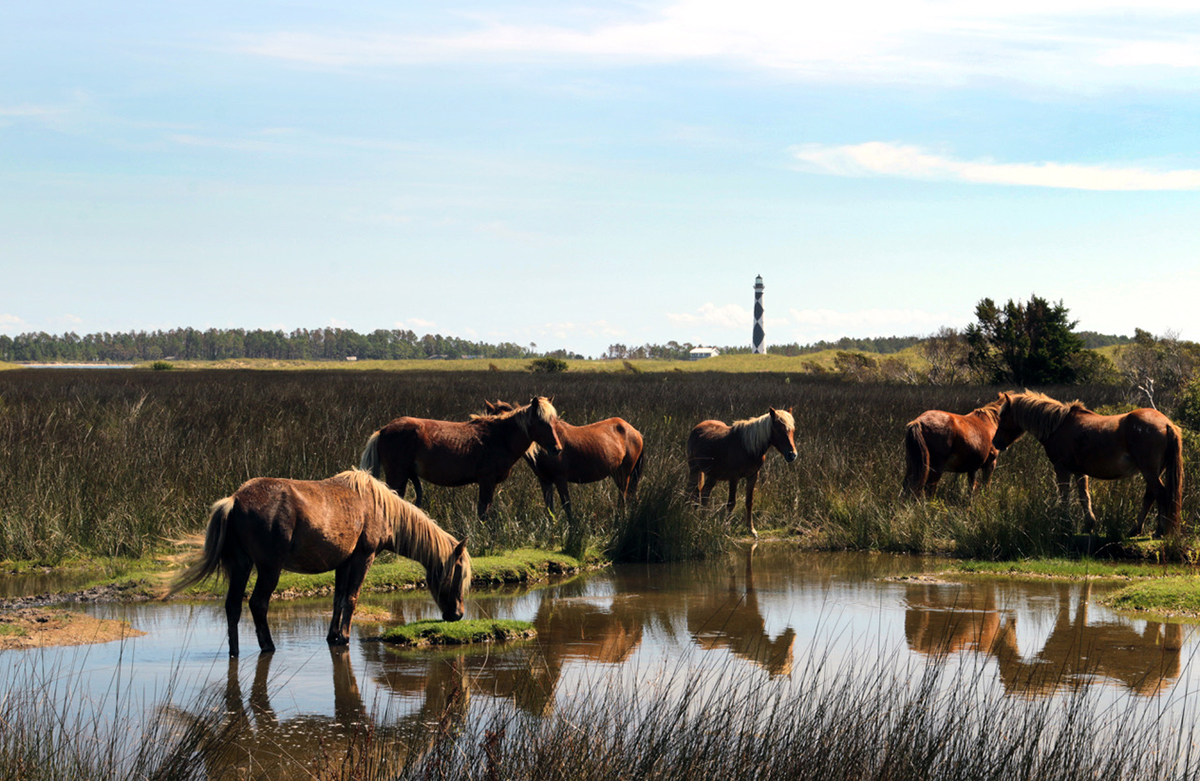
The North Atlantic right whale population increased slightly in 2024 from the previous year, but marine scientists warn that federal protections are crucial to the recovery of the critically endangered species.
The 2024 population is estimated at 384 individual whales, a 2.1% increase over the 2023 estimate, and a continued slow, upward trend in growth over the last four years, according to the latest numbers released by the North Atlantic Right Whale Consortium earlier this week.
Supporter Spotlight
The modest increase follows a year in which researchers documented five right whale deaths, 16 entanglements, and eight vessel strikes, according to the consortium.
So far this year, no deaths have been logged. Scientists have documented one whale that has been injured in 2025 from being entangled in fishing gear, and one whale injured in a vessel strike.
“The slight increase in the population estimate, coupled with no detected mortalities and fewer detected injuries than in the last several years, leaves us cautiously optimistic about the future of North Atlantic right whales,” North Atlantic Right Whale Consortium Chair Heather Pettis said in a release Tuesday announcing the latest population estimate. “With small population increases year to year, we still need strong protective measures for continued growth. We don’t want to take our foot off the gas when it comes to management and conservation efforts.”
Though this year has thus far proved to be a better year for right whales, researchers were hoping for more than the 11 calves born in 2025.
Scientists note that of those, four were born to first-time mothers.
Supporter Spotlight
“In recent years, right whales have been delaying giving birth to their first calf until they are older,” Philip Hamilton, a senior scientist with the New England Aquarium’s Anderson Cabot Center for Ocean Life, said in the release. “It is encouraging to see four of these older females join the reproductive pool this year. The future of the species rests on their broad backs.”
Scientists from the aquarium’s center and the National Oceanic and Atmospheric Administration, or NOAA, work together to calculate annual population estimates.
Vessel strikes and entanglements in fishing gear remain the leading causes of death and serious injury to North Atlantic right whales.
Last December, a 3-year-old male spotted about 40 miles off the North Carolina coast was among at least three right whales observed to be entangled in fishing gear that month.
The juvenile male (Catalog No. 5132) was “observed with rope wrapped around its head and mouth, with lines attached to two marked buoys and a single line was trailing the animal by a distance of about three body lengths,” according to information provided by the Canadian government.
That whale, still entangled, migrated to waters hundreds of miles north of Canada’s East Coast, according to an update shared at the consortium meeting.
The yearly updated population estimate is revealed in coordination with the consortium’s annual meeting, which was held through Thursday in New Bedford, Massachusetts. The consortium was started in 1986 and includes research and conservation organizations, shipping and fishing industries, technical experts, U.S. and Canadian government agencies, and state and provincial authorities.
Nora Ives, a marine scientist with Oceana, took a quick break from the meeting Thursday to speak with Coastal Review by telephone.
“These protected species have huge ecosystem benefits to all of us on the planet,” she said. “Large coastal whales like the North Atlantic right whale fertilize our oceans. They kick off the oxygen cycle of the planet. We can all benefit from their recovery.”
Right whales migrate seasonally, spending their spring, summers in waters off New England and further north into Canadian waters to feed and mate.
In the fall, the whales travel south, sometimes more than 1,000 miles, to their calving grounds off shore from the Carolinas to northeastern Florida.
The modest increase in the 2024 population estimate, “proves how resilient these whales are and that they can recover if we let them,” Ives said.
“But we cannot do that without a fully staffed and funded NOAA and a strong Marine Mammal Protection Act, which is the underpinning of all this important work to recover our large coastal whale, the North Atlantic right whale.”
The Marine Mammal Protection Act, enacted in 1972, requires the federal government to safeguard the life and well-being of all marine mammals within U.S. jurisdiction.
President Donald Trump’s proposed 2026 budget includes massive layoffs at NOAA, slashing the administration’s Fisheries division by up to a third of the workforce that oversee the protections of marine mammals, and reduces funding for conservation of marine mammals and endangered species.
“That would be devastating for these programs,” Ives said.
Notably missing from this year’s meeting, Ives said, are NOAA employees, absent because of what is now the second-longest government shutdown in United States history.
“We have colleagues from the federal government who are not able to join us at this annual meeting to discuss the latest research and work toward solutions for the recovery of the North Atlantic right whale,” she said. “Our federal colleagues are doing their best to share their research remotely with prerecorded talks.”
Scientists are calling for the implementation of additional measures that would aid in the recovery of the right whale population, including the use of ropeless or on-demand fishing gear in crab fishing to reduce whale entanglements.
“That would be implemented only in places where whales are detected or expected, so really allowing for this dynamic and adaptive management that can both protect American livelihoods and our American fisheries while also protecting our coastal large whale as they migrate up and down the East Coast,” Ives said.
Scientists support existing federal rules that mandate vessels 65 feet or longer travel at 10 knots or less through designated North Atlantic right whale seasonal management areas in the northeast, mid-Atlantic, and southeast.
Earlier this year, NOAA announced its withdrawal of proposed similar speed limits for vessels under 65 feet in length those management areas, though it “encourages” those vessels to slow to 10 knots or less.
“Another year of modest population growth is certainly better than a year of sharp decline, and we should celebrate that while also keeping our eyes on the work ahead,” Jane Davenport, a senior attorney for Defenders of Wildlife, said in a statement. “We need new initiatives to reduce vessel strike and entanglement risk in the U.S. and Canada, and the current legislative attacks on the Marine Mammal Protect Act must end, or this iconic species’ extinction is all but guaranteed.”







